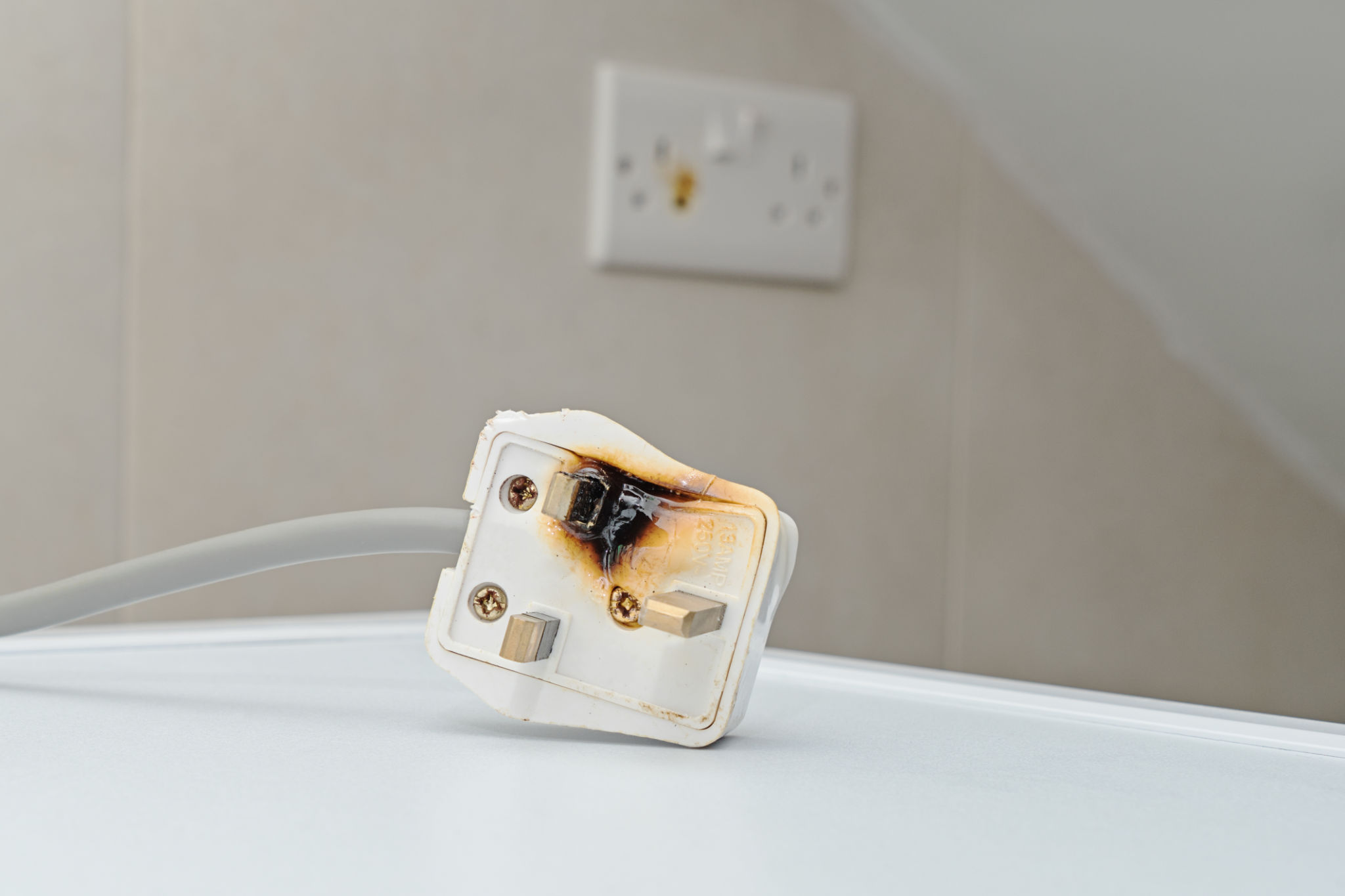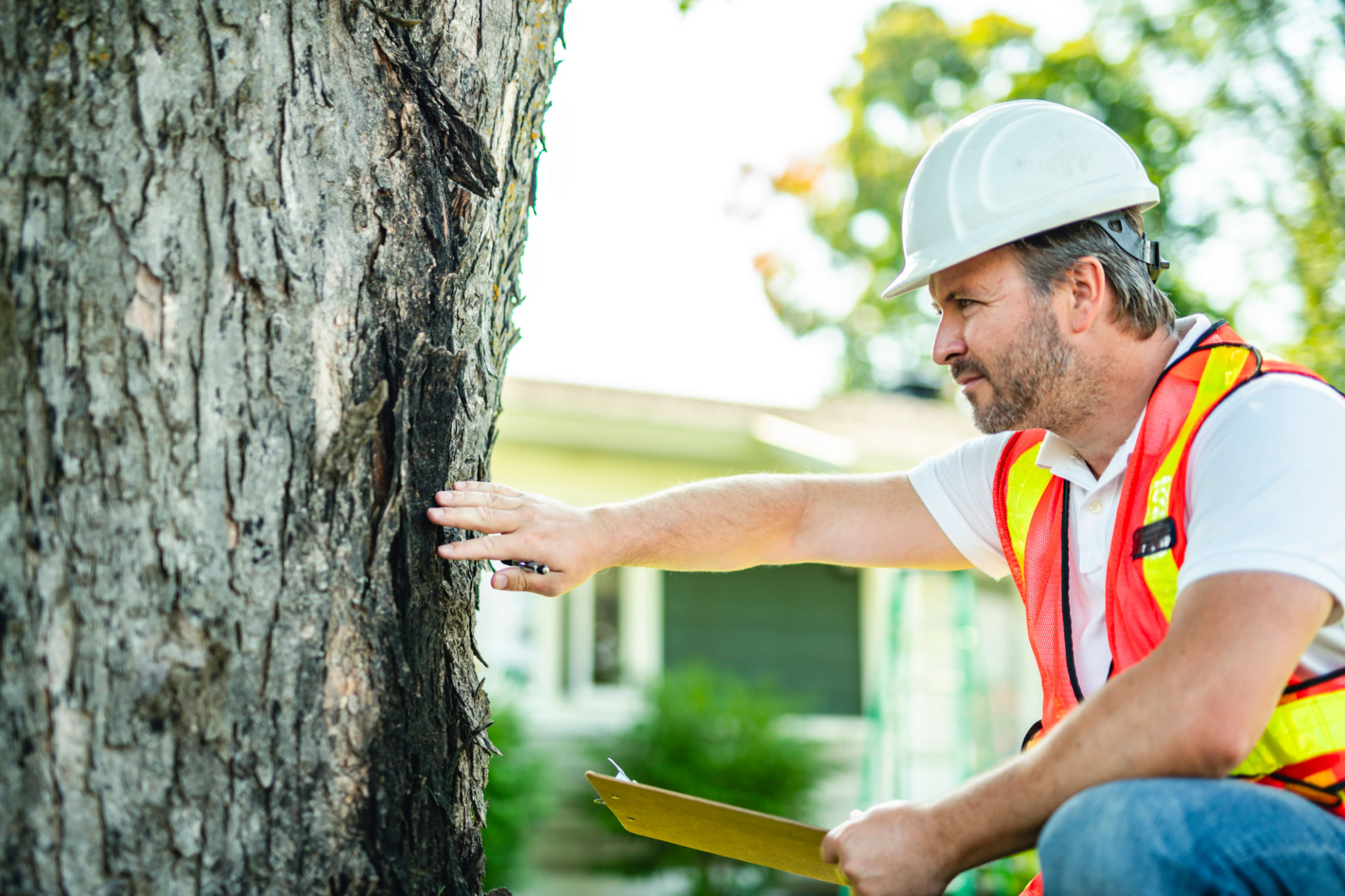Navigating Lost and Damaged Claims: Expert Tips for Recovery
In the world of logistics and transportation, lost and damaged claims are an unfortunate reality. Whether you're a business owner or a logistics manager, dealing with these claims can be daunting. Understanding how to navigate this complex process is crucial for recovering your losses effectively.

Understanding Lost and Damaged Claims
Before delving into strategies for recovery, it's essential to grasp what lost and damaged claims entail. These claims arise when goods are either not delivered to their intended destination or are delivered in a compromised condition. The key is to act promptly and efficiently, as delays can complicate the recovery process.
Types of Claims
There are generally two types of claims you might encounter: loss claims and damage claims. Loss claims occur when shipped goods do not arrive at their destination. Damage claims, on the other hand, happen when goods arrive but are no longer in their original condition. Both require different approaches and documentation.

Steps to File a Claim
The process of filing a claim involves several critical steps. First, gather all necessary documentation, including the bill of lading, invoices, and photographs of the damaged goods. This evidence is crucial in supporting your claim. Next, notify the carrier immediately to start the claim process. Most carriers have specific timelines within which you must file a claim, so acting quickly is vital.
Documentation Required
Having the right documentation can significantly impact the success of your claim. Essential documents include:
- Bill of Lading
- Delivery Receipts
- Photographic Evidence
- Invoices and Purchase Orders
- Inspection Reports

Working with Insurance Companies
If your shipment was insured, part of your recovery process might involve working with insurance companies. Understanding your policy's terms is crucial, as it outlines what is covered and the procedures you need to follow. An insurance adjuster will likely be involved to assess the damage and determine compensation.
Negotiating Settlements
Once your claim is filed, the next step may involve negotiating a settlement. This process can be intricate, requiring patience and persistence. Be prepared to provide additional evidence if needed and communicate clearly with both the carrier and the insurer.

Preventing Future Claims
While handling claims efficiently is important, preventing them in the first place is even better. Implementing robust packaging standards and choosing reputable carriers can reduce the risk of loss or damage. Regular training for your logistics team on handling procedures can also be beneficial.
Monitoring and Feedback
An effective way to prevent future incidents is by continually monitoring shipping processes and seeking feedback from customers regarding their delivery experiences. This proactive approach helps identify potential issues before they escalate into claims.
Navigating lost and damaged claims doesn't have to be overwhelming. By understanding the types of claims, filing processes, and ways to prevent future incidents, you can protect your business from financial losses and maintain customer satisfaction.
